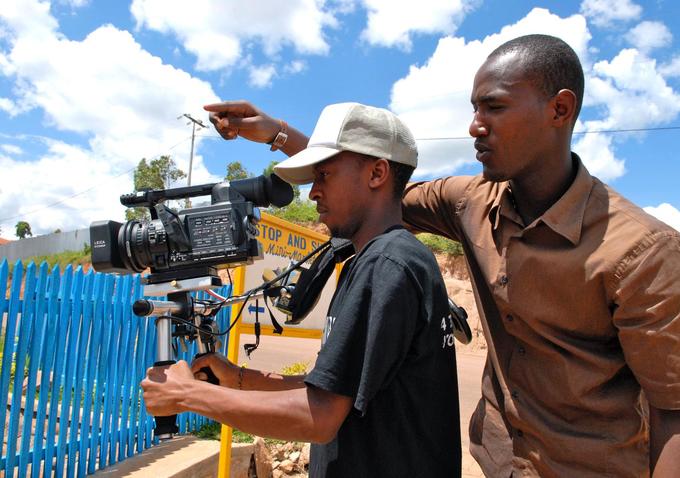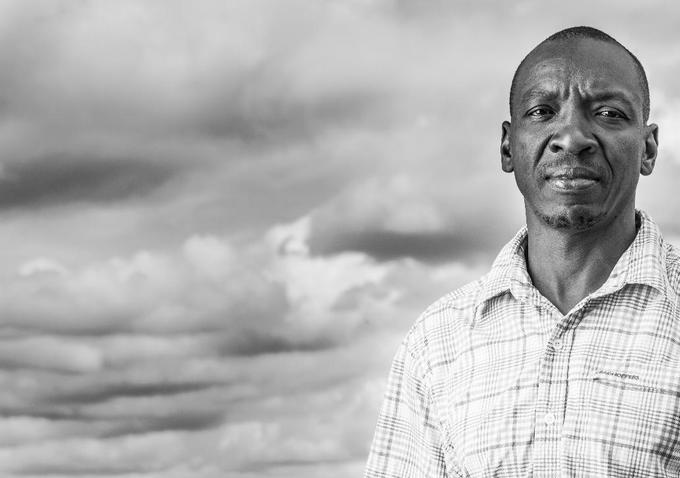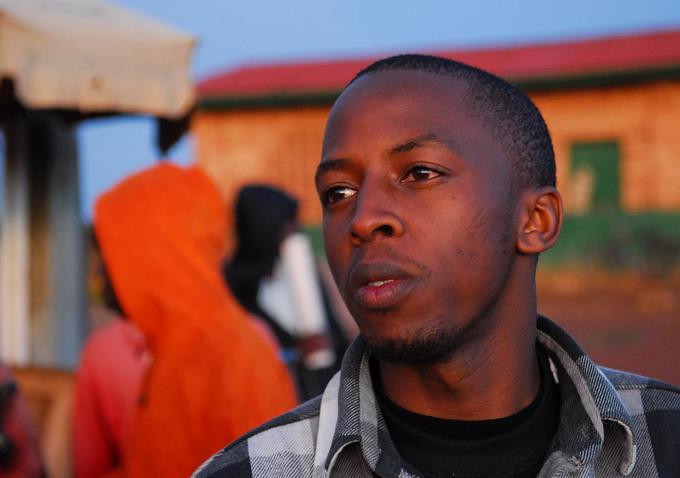
Not everyone is going to want to see your film — and that’s okay.
“Finding Hillywood” profiles the very beginning of Rwanda’s film industry and a few of the industry’s pioneers who screen films in their own language on a giant inflatable movie screen. It’s a real-life example of the power of cinema to heal a man and his nation.
The film took seven years to complete and premiered at Seattle International Film Festival in 2013. Since then, “Finding Hillywood” has screened at more than 60 festivals around the world and won six awards including the Critic’s Award at Sebastopol Documentary Film Festival and the Audience Award at the Napa Valley Film Festival. In an effort to maintain some control over our film (and after many emails to other filmmakers, asking for advice) we decided to come up with our own hybrid distribution strategy, which we are still revising to this day, nearly two years later. My hope is that by sharing our wins and pitfalls along the way, I can contribute to the collective knowledge that is so important for filmmakers to share.
This information is often the most difficult to share, because producers are over-achievers by nature and admitting to shortcomings can feel like failure. However, it can also be quite therapeutic, so here we go!
From Day 1, we knew that “Finding Hillywood” would be challenging to distribute across traditional outlets, and all of our mentors felt the same way. There were a few reasons the odds were stacked against us. Namely, an hour-long subtitled film helmed by two first-time feature film directors did not inspire confidence in potential broadcast partners in the US.
“Two first-time feature directors and an hour-long film set entirely in Rwanda with English subtitles did not instill confidence in potential broadcasters.“

Festivals and International Broadcast
We initially set out to make a 75–90 minute feature, but during test screenings the audience resonated with our hour-long cut and had difficulty watching more. Ultimately, we settled at 58 minutes, which meant that we had to come to terms with the fact that we would neither receive a traditional theatrical run, nor would we be in competition for an Oscar nomination. Our team was concerned that festivals would not be able to find a place for an hour-long film but thankfully, it turned out not to be an issue. Although we applied to all of the top tier festivals, we weren’t accepted to any of them. Nevertheless, by the end of our run on the festival circuit, we ended up screening at more than 60 domestic and international middle-tier festivals — even nabbing a few awards along the away. In hindsight we learned that sometimes it’s better to be a big fish in a small pond. There are some great small-town festivals where the programmers pick you up at the airport and treat the filmmakers well – which feels good after you’ve spent so long making your film.
“Distributing a film is like running a small business.” – Leah Warshawski
At the same time, we reached out to all of our top choices for international distributors and agents. We ended up signing with Mercury Media in the UK, who had promised to work hard for us. Mercury sold broadcast rights for two international territories and then suddenly, without warning, shut their doors. We later learned that the owner of the company was apparently diagnosed with terminal cancer around the same time we were talking to them about our film. Although it seemed promising at first, signing with Mercury Media turned out to be a huge mistake as we are now embroiled with the liquidators and have not seen a penny from any money we’re owed. We now have a stellar agent based in Australia who I wish we had met earlier!
Domestic Broadcast and Educational
Everyone told us to apply for Independent Lens and POV, but we did not get accepted and never received any feedback as to why. We did apply for ITVS funding six times over seven years and eventually, we decided to spend our energy elsewhere. Since presumably none of the major US broadcasters wants another film about Rwanda, we are currently trying to raise $25,000 for our own PBS campaign with a West Coast presenting partner who can help us bring the film to nationwide PBS audiences. We also signed a deal to work with The Cinema Guild, a boutique educational distributor that has a good track record with African content.

Digital and In-Flight
Once we got our film rights back from Mercury Media, we signed with The Orchard for digital sales (iTunes, Amazon, GooglePlay) and reached out to Terry Steiner who we knew had a good reputation for selling in-flight content. We fly a lot for work and kept seeing their name at the end of airline movies so we sent them an email. Thankfully they agreed to rep our film even though it’s not something they would traditionally take on.
VOD and DVD
Since our film is about the experience of watching films with an audience — whether it’s in the context of a festival or a standalone screening — we felt the theatrical-on-demand model would be a natural fit. We were approached by Gathr Films and they pushed for us to sign before we had a lot of time to investigate Tugg or think through the entire process. We have only had a handful of Gathr screenings to date but we learned a lot from each and we still feel the best way to watch our film is in a theater. Of course we maintained the right to sell home-use DVDs from our website and we sell these at all screenings we show up to as well.
“Finding Hillywood” turned out to be one massive distribution case study for me and I’m excited to use this knowledge for my next film in production, “Big Sonia.” The only way I would have figured any of this out is by DOING it. The tears, and sweat, and living out of a duffle bag are all part of my education and I am grateful for this “unorthodox” way of going to my own version of film school on the road. In summary (and in hindsight), I share some of what I learned along the way with you:
The top 10 things I learned from distributing my first documentary film:
1. Be ready to take a year (or more) off work if you plan to travel with your film to festivals.
2. Talk with other producers who have worked with the distribution companies you’re signing with. They will likely be honest about their experience and if they’re not happy they will tell you.
3. Hire an entertainment lawyer to look over every single contract you sign. It’s a relatively small cost up-front to prevent disaster down the road.
4. Don’t sign all of your rights away to one company unless they have a track record for selling all of those rights. Divide your rights up and find the best people / companies to sell each.
5. Watch other documentaries. Lots of them.
6. Create merchandise and DVD’s early, and sell them at every screening and event you attend.
7. Start raising money for festival travel and distribution while you’re producing your film. It’s tough to raise this money once the film is already done.
8. Ask for a screening fee. Always.
9. Be ready to generate your own press and marketing materials. Distributing a film is like running a small business.
10. Not everyone wants to see your film, and that’s okay. Go find the people that DO and give them a million ways to see it and support you. Make it easy for people to buy your film as many ways as possible!
Leah Warshawski produced and co-directed “Finding Hillywood” with Christopher Towey. You can watch “Finding Hillywood” on Hulu now or find at more here. Follow “Finding Hillywood” on Facebook and Twitter. You can reach Jon Reiss at his web site and follow him on Facebook and Twitter.

